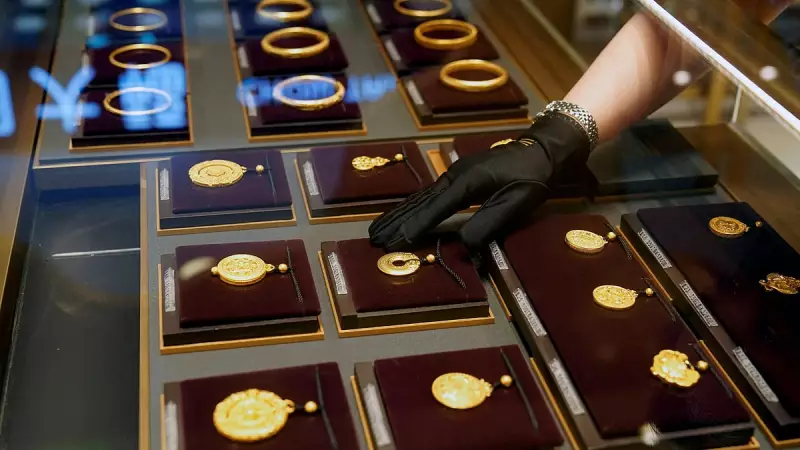
The precious metals market experienced a substantial downturn as gold and silver futures slid significantly in recent trading sessions. The primary catalyst behind this decline appears to be the progressing trade negotiations between the United States and China, which has reduced investor appetite for traditional safe-haven assets.
Market Performance Details
On the Multi Commodity Exchange (MCX), gold contracts scheduled for February delivery dropped by 0.35 percent, settling at ₹38,850 per 10 grams. Similarly, silver contracts witnessed an even more pronounced decline of 0.62 percent, closing at ₹45,840 per kilogram. This downward trend reflects shifting investor sentiment as risk appetite improves in global markets.
What's Driving the Price Movement?
The breakthrough in US-China trade relations has created a ripple effect across multiple asset classes. As the world's two largest economies move closer to resolving their trade disputes, investors are becoming more confident in riskier assets, consequently reducing their exposure to traditional safe-haven investments like gold and silver.
Global Market Impact
Internationally, spot gold prices fell by 0.2 percent to $1,475.80 per ounce, while US gold futures also declined by 0.2 percent to $1,480.10 per ounce. The strengthening US dollar has added additional pressure on dollar-denominated commodities, making them more expensive for holders of other currencies.
Expert Market Analysis
Market analysts suggest that the positive developments in trade negotiations have triggered a noticeable shift in investment patterns. "When geopolitical tensions ease and economic uncertainties diminish, we typically see capital flowing out of defensive assets like gold and into growth-oriented investments," explained a senior commodity analyst.
Additional Commodity Movements
The impact wasn't limited to precious metals alone. Crude oil benchmarks also showed mixed reactions, with Brent crude futures edging higher while US West Texas Intermediate crude experienced slight declines. This complex interplay between different commodity classes underscores the broad market implications of the trade deal progress.
What This Means for Investors
- Reduced safe-haven demand may continue to pressure gold and silver prices
- Improved risk appetite could benefit equity markets and industrial commodities
- Currency fluctuations, particularly the strength of the US dollar, will remain a key factor
- Market volatility may persist as trade deal details continue to emerge
The precious metals market now faces a critical juncture as investors closely monitor the finalization of trade agreements and their implications for global economic stability. While the short-term outlook appears challenging for gold and silver, any setbacks in trade negotiations could quickly reverse the current trend.





